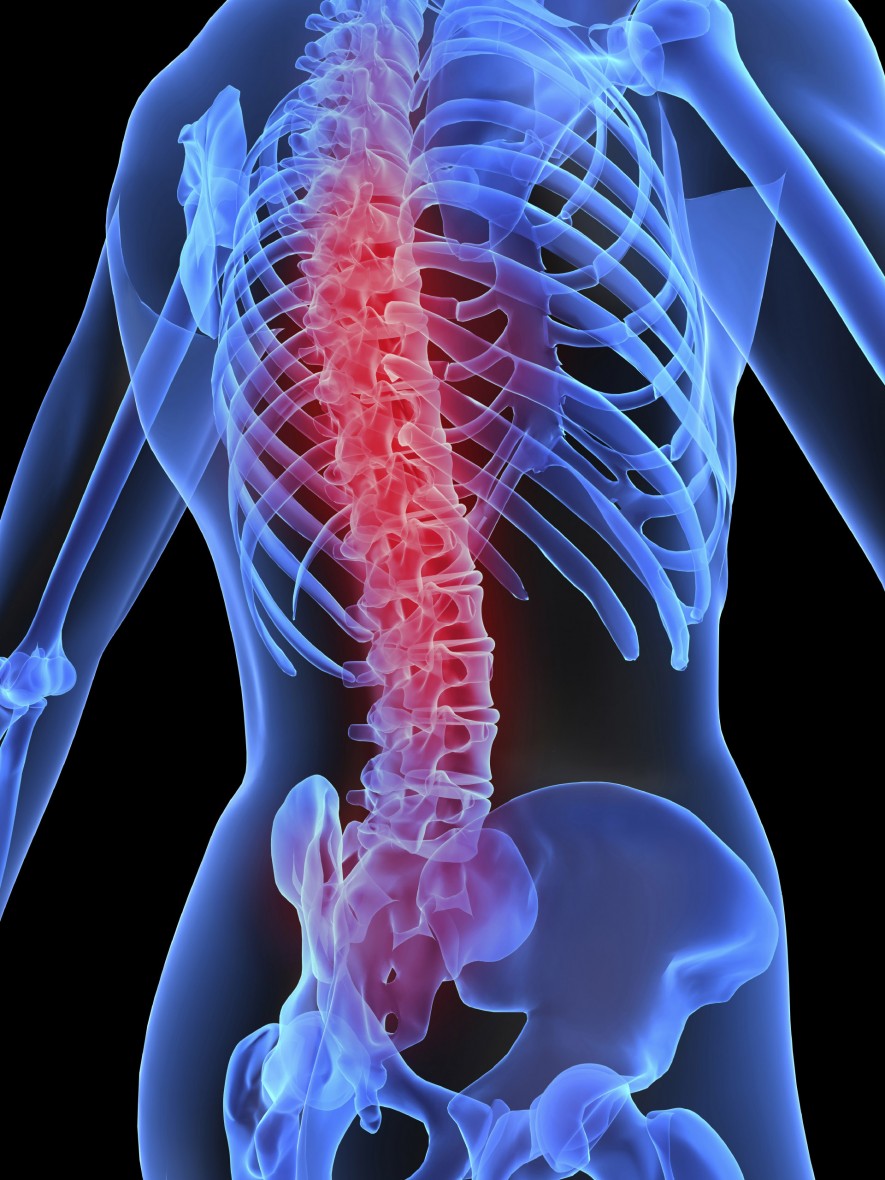Cynthia Smith, MD, Medical associate for content development in the medical education division of the American College of Physicians, along with Patrick Alguire, MD, found that, after studying a 38-year old man with complaints of low back pain, with such a vague set of symptoms, imaging tests like radiography, computer tomography (CT) or magnetic resonance imaging (MRI) likely would not prove beneficial and may expose him to unnecessarily to radiation and the anxiety of findings that are clinically insignificant.
The patient in question does not respond to naproxen. He has no history of trauma, malignancy, fever, weight loss, or bladder or bowel symptoms. He does not use intravenous drugs. On examination, he appears uncomfortable and stiff, protecting his back against motion. He has intact sensation, strength, and reflexes. The straight-leg-raising maneuver reproduces his lower back pain but does not cause radicular pain.
Dr Smith continues, “imaging studies are often ordered inappropriately as part of the evaluation of back pain in patients such as this. Although lumbar magnetic resonance imaging does not carry the risk of radiation exposure, it may result in harm by detecting clinically insignificant abnormalities in more than 30% of patients. These incidental findings increase with age and may lead to additional and possibly unnecessary testing and invasive treatments.”
So when should imaging be used?
Spine imaging should be considered only in patients who have a ‘red flag,’ such as advanced age, history of trauma, history of cancer, and prolonged corticosteroid use, all of which have been associated with an increased probably (from 9% to 33%) of either spinal fracture or malignancy,” they wrote.
Other indications for whether spinal imaging is needed, according to the authors, are symptoms such as pain existing longer than 6 weeks, fever, weight loss, and, “progressive neurologic findings on examination.“
The DDS Spinal-Air Lumbar Decompression Belt is a non-invasive/ non-surgical, ambulatory traction brace that allows the patient to be active and continue with his/her daily activities while treating their condition.
To learn more about DDS Decompression Braces, view MRI images, Clinical Studies, and read Patient and Medical Professional Testimonials please visit www.DDSbrace.com or www.DiscDiseaseSolutions.com.
source: Cleveland Clinical Journal of Medicine
